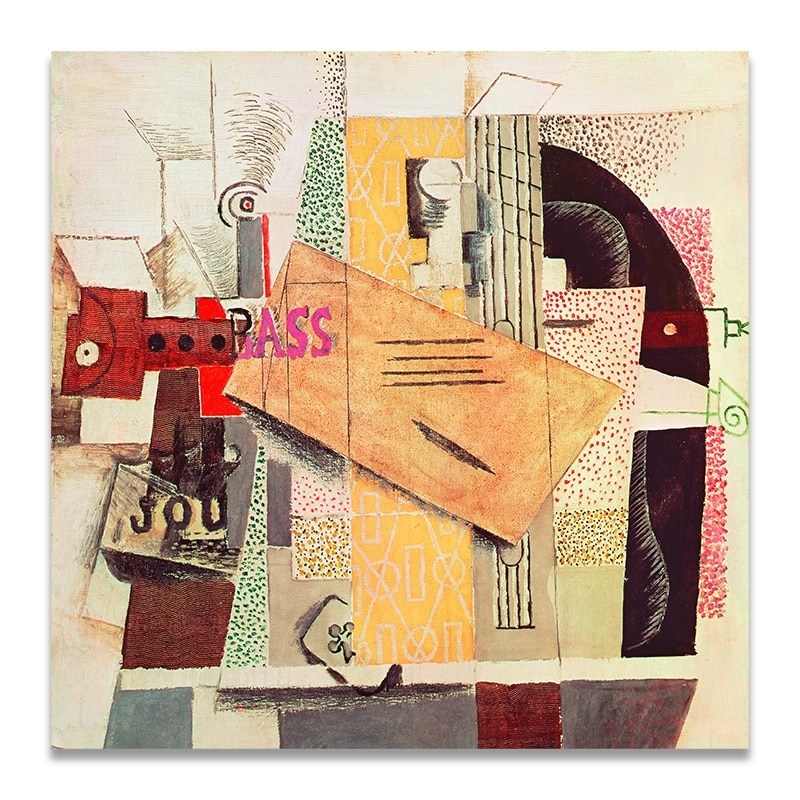Synthetic cubismCubism was an influential art movement of the 20th century, especially regarding painting. The term is broadly associated with a wide variety of art produced in the area in and around Paris during the 1910s and until the 1920s. Influence that led to Cubism was the modes of three-dimensional form in the works of Paul Cézanne. In Cubist artwork, objects More was the later period of the Cubist art movement generally dated from 1912 – 1919. Artists of Synthetic CubismCubism was an influential art movement of the 20th century, especially regarding painting. The term is broadly associated with a wide variety of art produced in the area in and around Paris during the 1910s and until the 1920s. Influence that led to Cubism was the modes of three-dimensional form in the works of Paul Cézanne. In Cubist artwork, objects More moved away from the multi-perspective approach of Analytical CubismThe term Analytical Cubism describes the early period of Cubism running from 1907 – 1012. It was invented by Pablo Picasso and Georges Braque at a time when Impressionism had transformed from the once avant-garde status into mainstream and Fauvism was ruling the Salons in Paris. Analytical Cubism was the result of an approach, in which artists focused heavily on More in favour of flattened images that dispensed allusions of the three-dimensional space.

The approach of the analytical phase was now widened from a monochromatic to a broader colour palette and simpler geometric planes, achieved through experiments in combining paint with printed patterns, cardboard, wallpaper, and newspaper print: A variety of mixed mediaMixed media involves combining various art materials and techniques within a single artwork. This approach allows artists to explore diverse textures, effects, and expressions. Basic Components of Mixed Media • Traditional Media: Includes paints, inks, and pencils. • Non-Traditional Media: Items like fabric, metal, and found objects. • Digital Elements: Incorporating digital prints or using software for certain effects. Techniques More was “synthesized” (pasted) on the canvas, marking the first use of collageCollage refers to an art form where different materials are combined to create a single artwork. This technique often uses paper, fabric, photographs, and other found objects. It brings diverse elements together in a visually engaging way. History and Origin The concept of collage dates back to ancient times. Early cultures used materials like gold leaf and fabric in their More in fine art. The revolutionary practice of presenting mundane materials as fine art introduced a more flexible option in composing imagery; it enabled artists to juxtapose fragments from the real world with the painterly.
